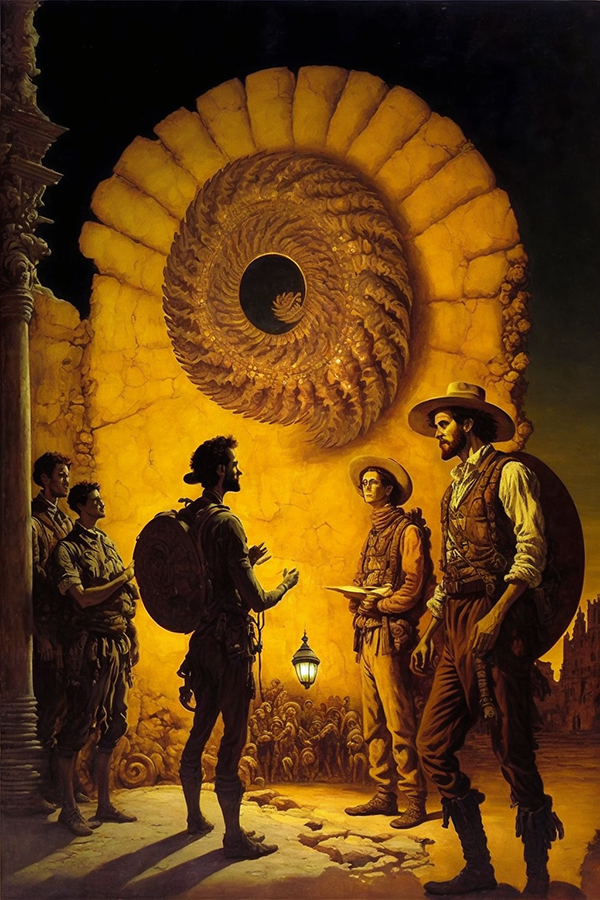
The city of San Miguel de Allende, nestled in the heart of Mexico, has a rich history of fossil discoveries. For centuries, curious explorers and scientists have been drawn to the area, searching for clues to the Earth’s past and the incredible life forms that have inhabited it.
One of the earliest known fossil discoveries in San Miguel de Allende was made by Spanish conquistador Hernán Cortés, who discovered a huge fossilized shell on one of his expeditions in the early 1500s. The shell, which was later identified as belonging to an ancient sea creature known as a ammonite, sparked interest among other explorers and scientists, and sparked a wave of fossil hunting in the area.
Hernán Cortés encountered many different types of fossils, including shells, bones, and other remains of plants and animals. He was not a professional scientist, but his interest in fossils and his willingness to explore and study them helped to lay the foundation for the modern science of paleontology. He documented his findings and brought back many fossils to Europe, where they were studied by scientists and other scholars.
Over the years, many more fascinating fossils were discovered in San Miguel de Allende, including the remains of prehistoric plants and animals, as well as more ammonite shells and other ancient sea creatures. These discoveries helped to shed light on the Earth’s past and the incredible life forms that once roamed its surface, and attracted the attention of scientists and researchers from around the world.
Though fossil hunting has long been a popular activity for people interested in discovering the ancient history of the Earth, in recent years, the focus has shifted from collecting fossils for personal enjoyment to using them as a way to stimulate the local economy.
Fossil hunting helps to attract visitors and potential residents to San Miguel de Allende, boosting the local economy through the support of small businesses and other community organizations, providing interesting and educational experiences for visitors.
In addition to supporting the local economy, local fossil hunting enhances the educational offerings of San Miguel de Allende. By incorporating information about fossils into local schools and other educational institutions, San Miguel de Allende provides engaging and inspiring learning experiences for young people. This fosters a love of learning and a connection to the natural world, encouraging young people to learn more about the history and culture of their community.
Today, San Miguel de Allende remains a hotbed of fossil activity, with many exciting new discoveries being made every year. From amateur fossil hunters to professional paleontologists, the city continues to attract those with a passion for the natural world and a thirst for knowledge. And as the search for fossils continues, the rich history of San Miguel de Allende and its incredible fossils will continue to captivate and inspire.
